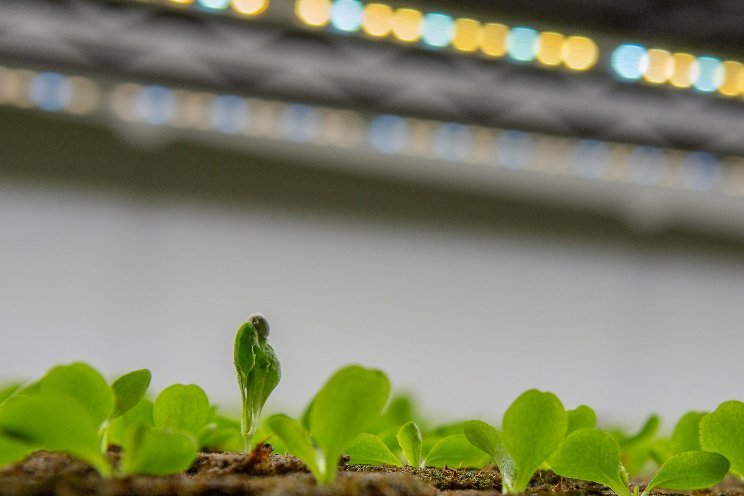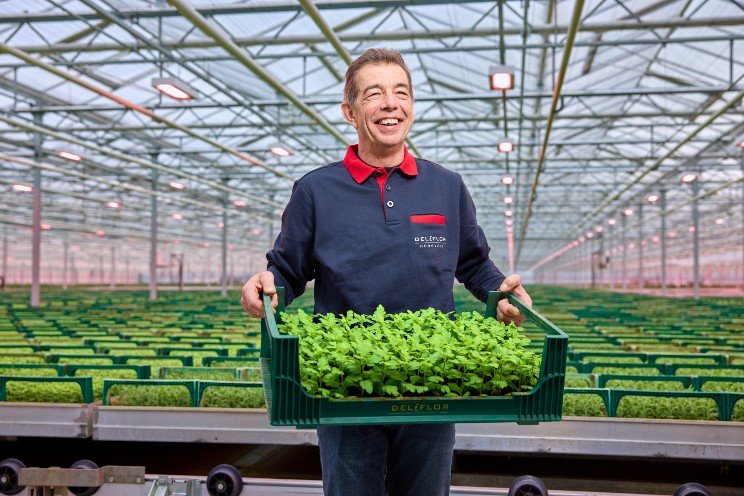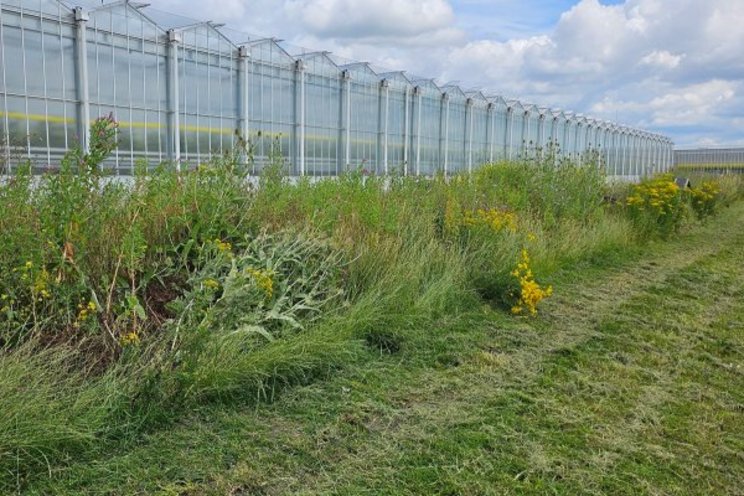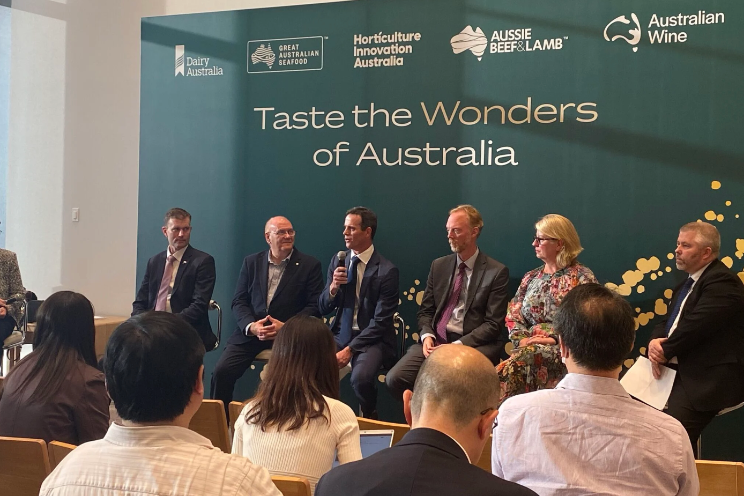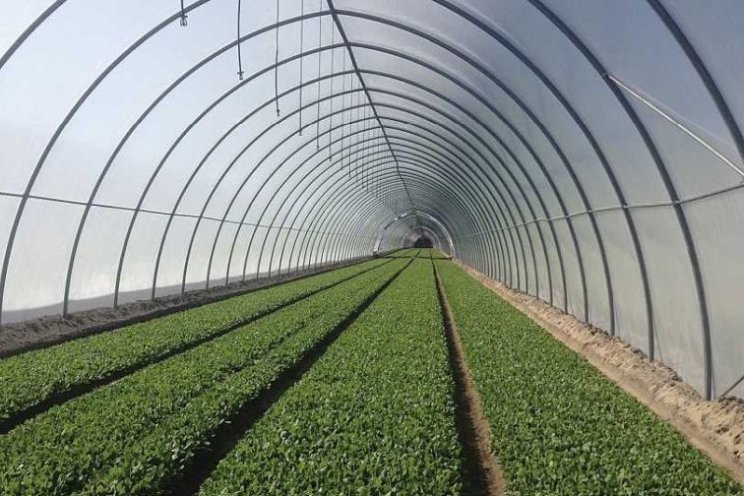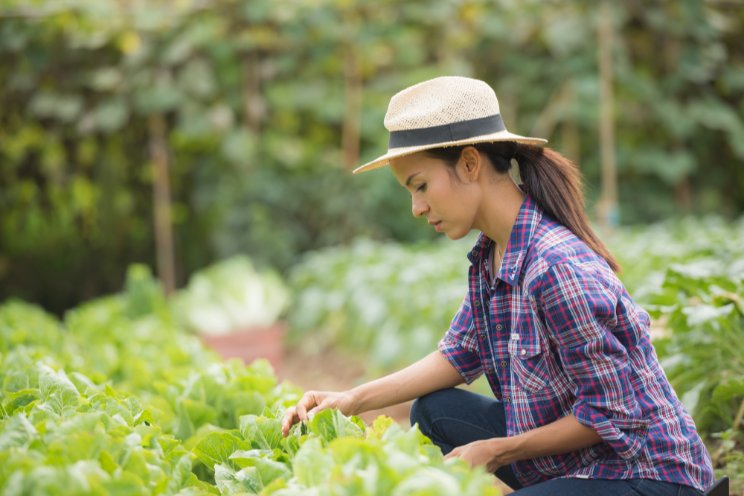More PAR light by using 'smart' materials in greenhouse
Added on 26 July 2023
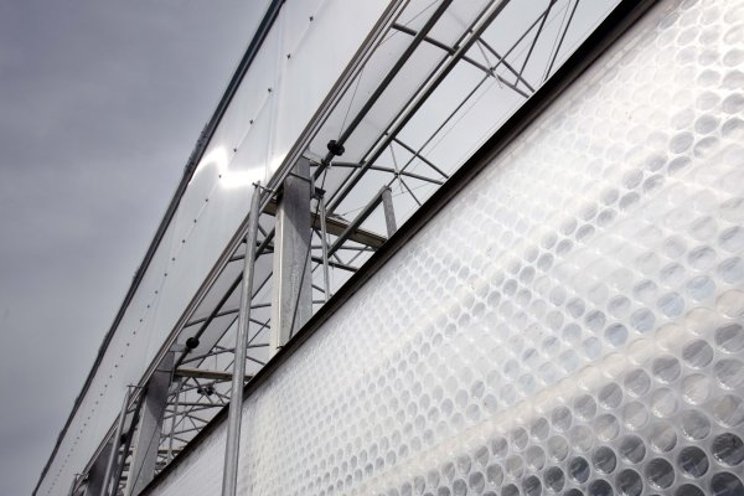
UV usually makes up about 5 to 6% of sunlight; PAR and near-infrared account for 45 to 50% each. The exact ratio between the different types of light depends on many factors, such as location, season, time of day and possible cloud cover. The desired ratio also differs per location (climate), per season and even per crop. When it is warm, it is wise to block near-infrared as much as possible, for example with a screen or with a seasonal coating on the greenhouse roof. On cold days with less sunlight, anti-reflective coatings reduce reflection of light away from the greenhouse cover, thus increasing the overall entry of light inside. UV light provides an extra boost to colour or flavour in some crops (e.g. basil), but may cause damage in other crops.
Some materials can help achieve the desired balance of the light wavelengths. WUR is investigating which materials can be used for this, either in the greenhouse cover or in a screen or coating. One example is ‘fluorescent’ materials, which are made of molecules or atoms that can absorb light of a particular energy (having a certain wavelength) and briefly get ‘excited’ to a higher energy level - as they stabilise back to their original state, they emit lower-energy (or longer-wavelength) light. In the greenhouse, such a material might then absorb high-energy UV light and emit lower-energy red light, increasing the total PAR light as a result. However, they also tend to lose part of this ‘extra’ PAR radiation by emitting some of it out of the greenhouse, or by re-absorbing it, so they need to be improved to achieve the best outcomes in the greenhouse. Another example is materials which cause light to spread, so that the diffuse radiation penetrates deeper into the crop.
Photo: WUR
More news

